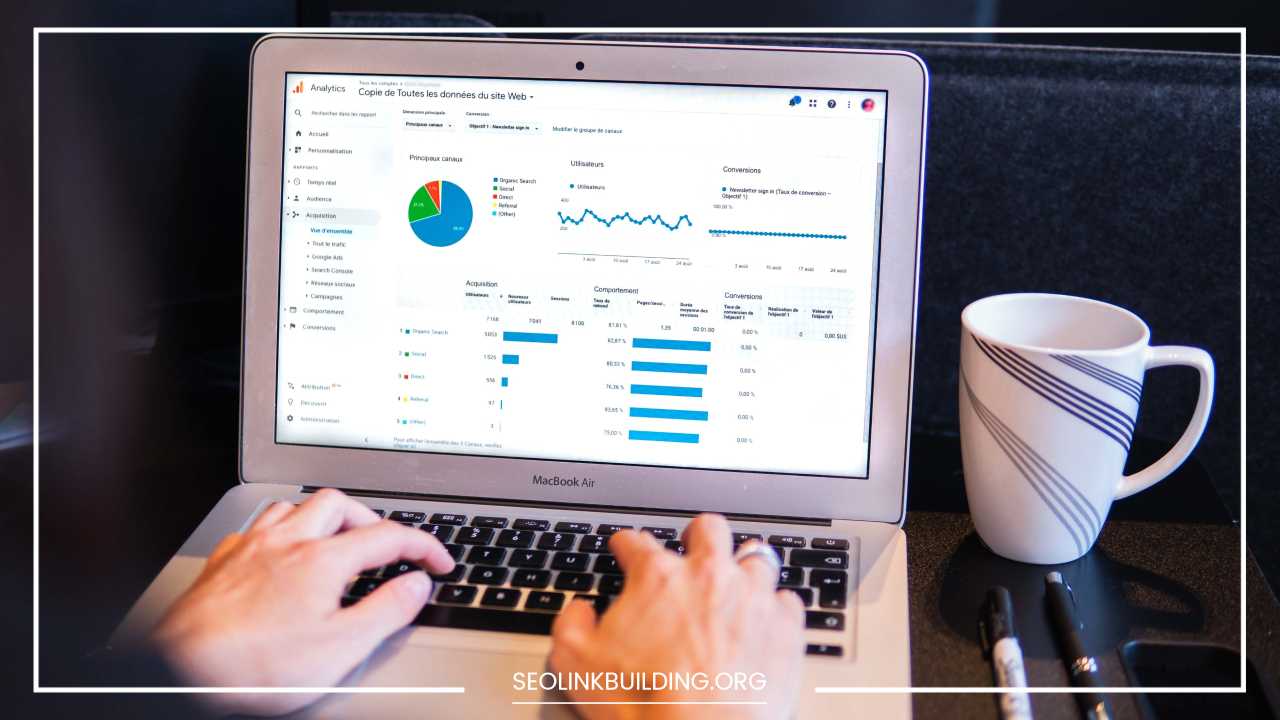Manual Penalty Removal in SEO: Strategies and Best Practices

Manual Penalty Removal
In the ever-evolving landscape of search engine optimization (SEO), website owners and digital marketers often encounter challenges that can impact their online visibility.
One such challenge is the dreaded manual penalty, a sanction imposed by search engines like Google when a website violates their quality guidelines.
Manual penalties can severely affect a site’s rankings, traffic, and overall online presence. In this article, we will delve into the world of manual penalties, understanding how they occur and, more importantly, exploring effective strategies for their removal.
Understanding Manual Penalties
Manual penalties are different from algorithmic penalties, which are automated and applied by search engine algorithms.
Manual penalties, on the other hand, are imposed by human reviewers who assess websites for violations of search engine guidelines. These violations can range from deceptive practices to low-quality content and spammy link building.
Common Reasons for Manual Penalties
Unnatural Links: One of the most common reasons for manual penalties is the presence of unnatural or manipulative backlinks.
If a website is engaged in buying links, participating in link schemes, or using other black-hat SEO tactics to manipulate its link profile, it may attract a manual penalty.
Thin or Duplicate Content: Search engines prioritize delivering high-quality, relevant content to users. Websites with thin, low-quality, or duplicated content may face manual penalties.
This includes content scraping or repurposing content from other sources without adding substantial value.
Cloaking and Deceptive Practices: Cloaking involves presenting different content to search engines and users, misleading search engines about the actual content of a page. Websites engaging in cloaking or other deceptive practices risk manual penalties.
Keyword Stuffing: Overloading content with excessive keywords in an attempt to manipulate search rankings is known as keyword stuffing.
Search engines penalize websites for this practice, as it degrades the user experience and undermines the integrity of search results.
User-Generated Spam: Websites with forums, comment sections, or other user-generated content are susceptible to spammy contributions. If not adequately moderated, a site can receive a manual penalty for hosting spam content.
Steps to Identify a Manual Penalty
Before attempting to remove a manual penalty, it’s crucial to identify whether one exists. Webmasters can use Google Search Console to check for manual actions.
If a manual penalty is in place, a message will be displayed in the Manual Actions report, outlining the specific issues that need attention.
Once a manual penalty is identified, it’s time to take decisive action for its removal. Here’s a step-by-step guide to manual penalty removal:
Understand the Penalty: Carefully review the details provided in the Manual Actions report. Understand the nature of the penalty and the specific issues that need to be addressed. This understanding is crucial for developing an effective removal strategy.
Audit Backlink Profile: If the penalty is related to unnatural links, conduct a thorough audit of the website’s backlink profile.
Identify and compile a list of potentially problematic links, including those that may be spammy, low-quality, or obtained through manipulative practices.
Remove or Disavow Harmful Links: For unnatural links, take proactive measures to remove them. Reach out to webmasters of linking sites and request removal.
In cases where removal is not possible, use Google’s Disavow Tool to disavow those links. This tool informs Google that the site owner does not want certain links to be considered when assessing the site’s ranking.
Content Quality Improvement: If the penalty is related to content issues, focus on improving the quality of existing content.
Add value to thin content by expanding it with relevant information. Rewrite or reoptimize duplicated content to make it unique. Aim for content that is not only search-engine-friendly but also user-friendly.
Address On-Page SEO Issues: Ensure that on-page elements, such as title tags, meta descriptions, and header tags, are optimized according to best practices. Address any issues related to keyword stuffing, cloaking, or other on-page violations.
Enhance User Experience: Search engines prioritize websites that provide a positive user experience.
Address any usability issues, such as slow page load times, mobile responsiveness, or broken links. A seamless user experience contributes to improved rankings and can help in penalty removal.
Submit a Reconsideration Request: Once the necessary changes have been made, submit a reconsideration request through Google Search Console.
Clearly document the steps taken to rectify the issues outlined in the manual penalty. Be transparent and provide evidence of the corrective actions.
Be Patient: Google’s manual review process takes time. After submitting a reconsideration request, be patient and wait for Google to review the site.
During this period, continue to focus on maintaining high-quality content and adhering to SEO best practices.
Final Thoughts
Manual penalties can be daunting, but with a strategic and methodical approach, they can be successfully removed.
The key lies in understanding the nature of the penalty, addressing the specific issues, and demonstrating a commitment to following search engine guidelines.
By conducting a comprehensive audit, making necessary improvements, and submitting a well-documented reconsideration request, website owners can navigate the path to manual penalty removal and restore their online visibility and rankings.
Remember, SEO is an ongoing process, and maintaining a clean and high-quality website is essential for long-term success in the digital landscape.













